Last night--or rather--very early this morning, I had a visit from a Great Horned Owl (Bubo virginianus). It was sitting on the lower of the two horizontal branches in this image.
December was the first time I spotted the Great Horned Owl. It was watching me one night from up high in a Black walnut, and called out when I started to approach. According to an article at the PA Game Commission website, “[t]hese owls hoot to stake out territory and as part of the species' mating activity, which in Pennsylvania takes place in December or early January.”
This morning we had a full-view at tree-branch level from an upper window looking out on the Eastern white pine next to the house. Even better, we’d left all our outside lights on last night to watch the snow coming down, so we had a full-color, up-close-and-personal-view of an owl at eye level not two meters from our window. They don’t call it the “Great” Horned Owl for nothing – this is one HUGE, and beautiful owl!
Apparently, I inadvertently lured the owl here with the birdseed I’ve been setting out since the weather turned cold. I like to offer birdseed in winter for the dual benefit of feeding the birds through the cold months, and allowing me to see them all in their many colors from the window where I work.

Of course, the seed attracts more than birds. Red foxes (Vulpes vulpes), White-tailed deer (Odocoileus virginianus), raccoons (Procyon lotor), and both Red (Tamiasciurus hudsonicus) and Gray (Sciurus carolinensis) squirrels also make their rounds, and I eagerly visit the window each morning just before dawn to see who is out munching.
About a week ago, I learned of a new visitor – a Meadow Vole (Microtus pennsylvanicus), (which I first mistook to be a very pretty rat).
The vole, like the birds, is taking advantage of my carefully selected feeding station. Not only is it near the window for me to see, but I have also placed a large piece of Silver maple deadfall (from a summer windstorm) beneath this tree. It’s near our woodpile, and the many naked branches and wood stacks provide protection to the birds from hawks and other predators (it’s important to offer protection when you decide to feed wildlife).

Fortunately, the owl is very patient. I watched for a half hour while the owl quietly observed the vole munching and skittering among the dead limbs on the ground. Eventually, I was drawn away from the window, but I secretly hope that the owl didn’t get its dinner this morning, so I might get the chance to see it again tonight!
I doubt I can get a picture for you without disturbing the owl, but I will try! In lieu of my own images to share...
Paul Beiser has some wonderful pictures of a Great Horned Owl at his website.
Also, over at Mike’s Birding and Digiscoping blog, you can see some serious owl-on-owl whoopass.
Laura's Birder Blog has a gallery of Great Horned Owl pictures from a nature center.
And at Birding in Maine, John and Sharon Briggs share their recent encounter with the Great Horned Owl.
![]()




























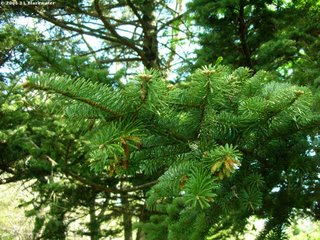

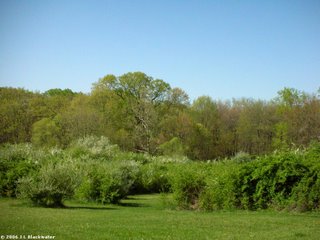
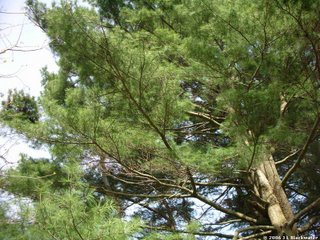








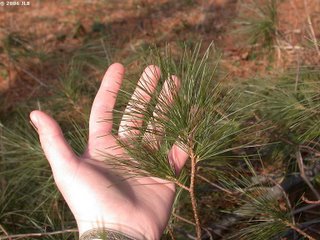



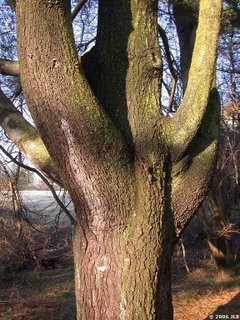
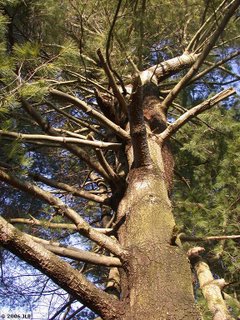

 Follow Jade Blackwater on Twitter
Follow Jade Blackwater on Twitter

